Recently I have been asked to develop some very old expired B&W films. After bit of research I decided to buy a bottle of HC-110 for the purpose. I was very tempted to try the stand development technique and I got already the HC-110, why not give it a go?!
A lot of documentation can be find online about stand dev, so I will not spend too much on its description. Keeping it very brief, basically the difference from the usual development we are all used to do, is a longer bath into the dev. solution.
Of course the time depends on the developer, its dilution and the film but just give an idea, if for a B&W film we are used to dev time of 7/8 minutes with intermittent agitation, with the stand dev we are looking at about 45/60 minutes with basically no agitation, and very diluted developer.
There are basically two techniques. Stand development where usually there is agitation for the first 30 seconds and the film is left in the tank for 45/60 minutes (depending to the solution of the dev). Then there is Semi Stand development where the film is agitated for the first 30 sec then left to develop for 20/30 minutes then 2/3 inversions and other 20/30 minutes before proceeding with stop and fix baths, as per usual.
The pro’s of the stand development should be: more sharpness, better controls of highlights, and it being more versatile and so films shot as different ISOs can be developed in one go.
I was intrigued by the many articles read on the net and from two particular videos I really enjoyed (here and here) where they describe the process and the pro’s/con’s much better than I could do.
Finally it was time to get to work, so I took a couple of roll of Fomapan 400 (bulk loaded, so just a few shots each) with my EOS 300 and I got some shots around the house looking for contrasty images with shadows and highlights. Fomapan film is quite well known for its bad reputation of handling the highlights, so I thought it would have been a good candidate for this test.
For my first roll, I did tried a dilution of 1:200 and 45 minutes in total of development time. The result was underdeveloped negatives. I suppose the dev was too diluted and the time was not enough so I got very dark images.
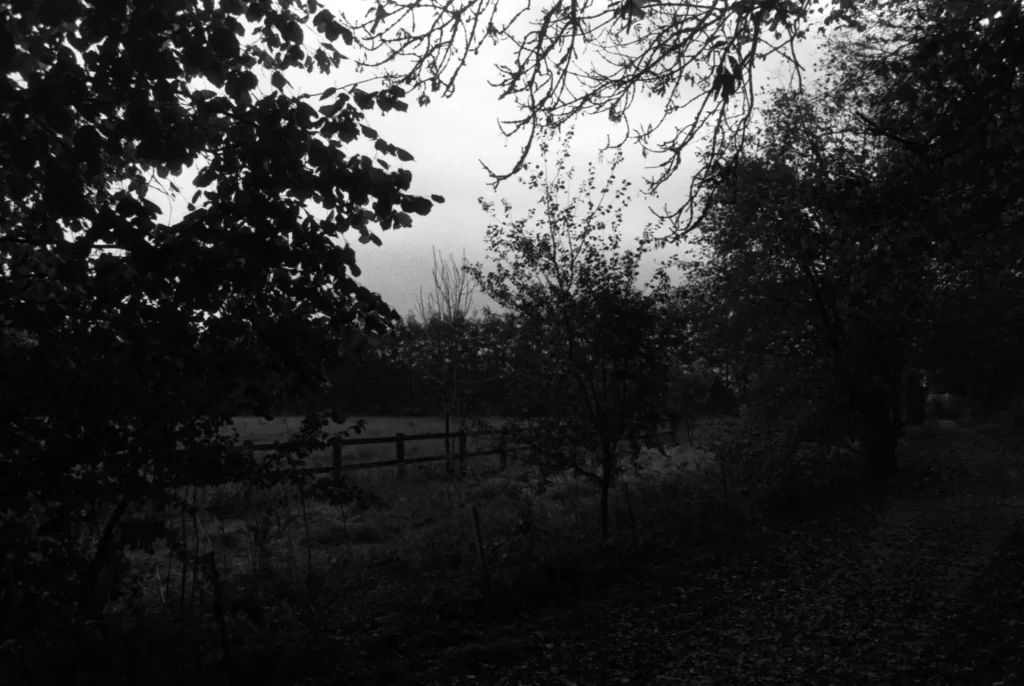
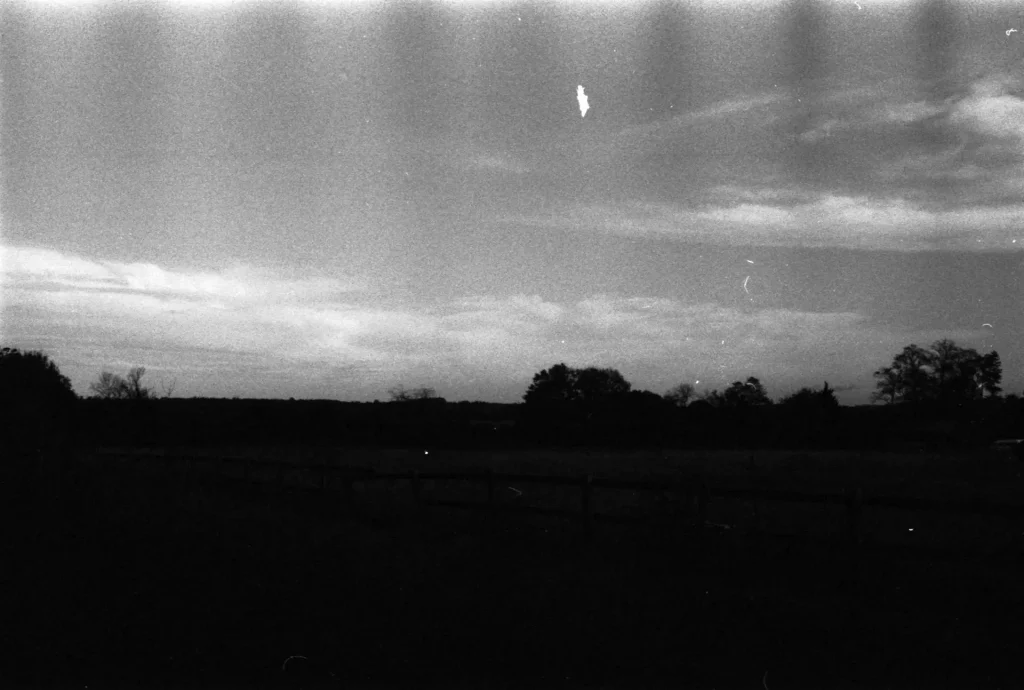
Moving on from the first test, I decided to try the semi-stand technique. The stand technique is more prone to produce bromide drag (which you can see in the above image) and halos.
For the semi-stand technique I went with the following process:
HC-110 (1:100)
- 30 sec inversions
- 30 min. dev
- 2 inversions
- 30 min. dev
- stop & fix
In order to make the test more challenging I also thought to shoot one roll at ISO 320 and the other roll at ISO 1600. That way I would have a pushed and pulled film all developed in one single tank. Not bad eh!?
Here below the first roll shotted at ISO 320.
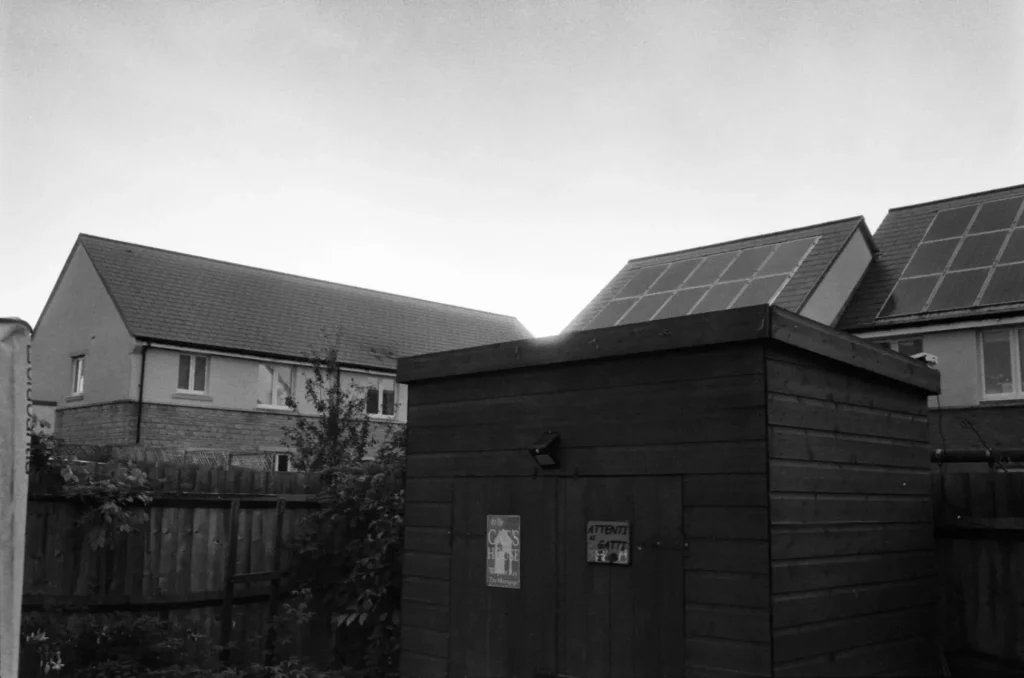
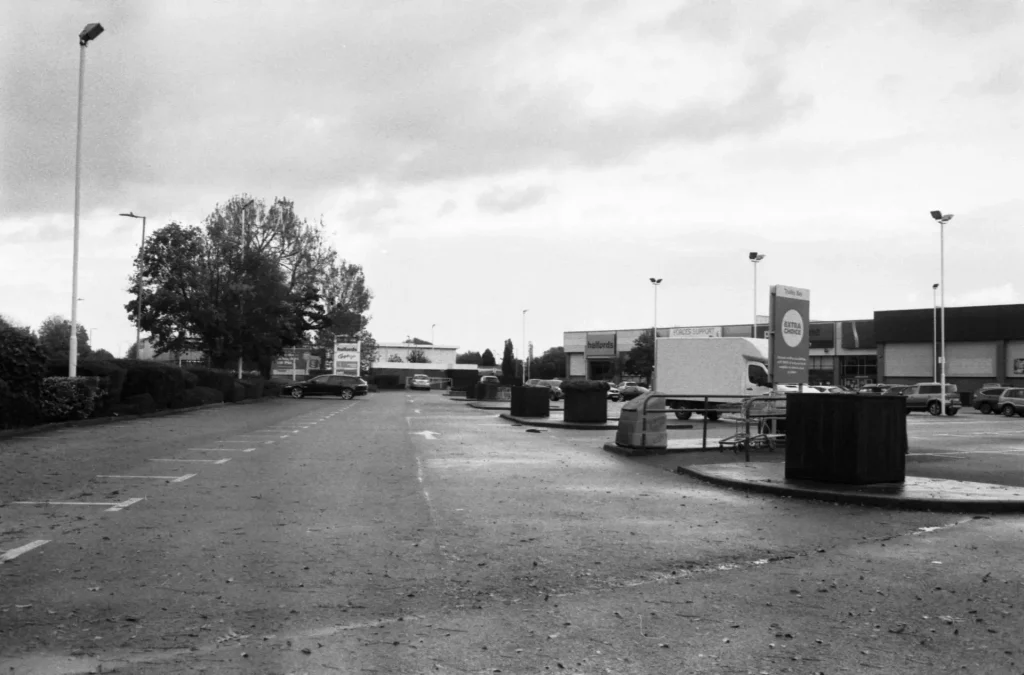
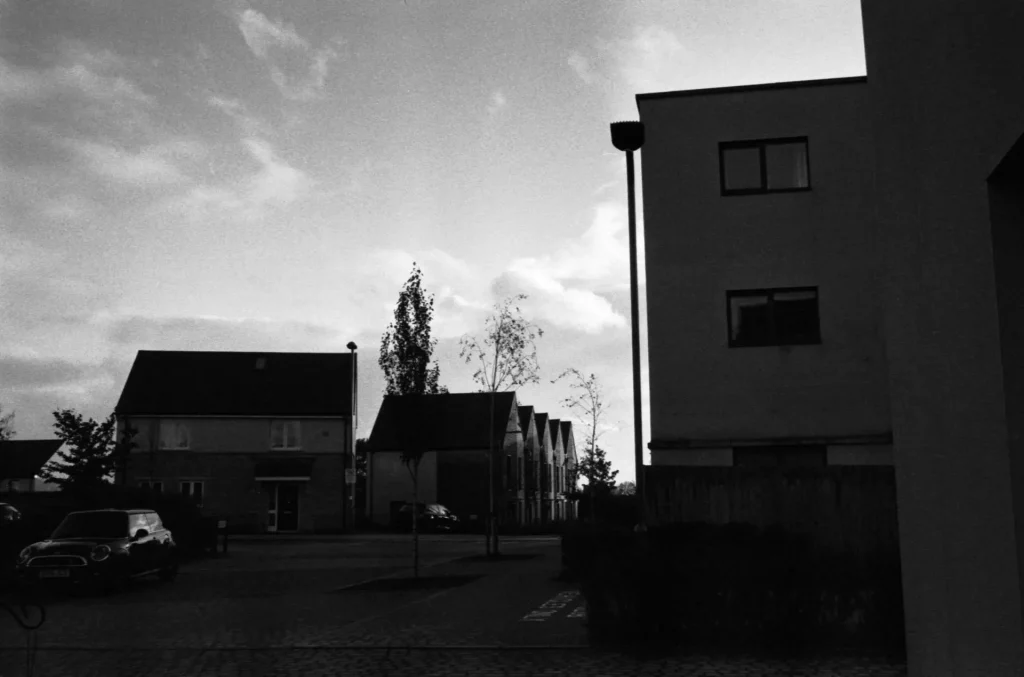
Especially the last snapshot is quite dark, but I think is because of the wrong exposure. As I said, I was looking for some contrasty scene so it was difficult (to me) to do a correct exposure.
Then I got out my M2 and I tried to push up to ISO1600 using the Lumu app to meter the light.
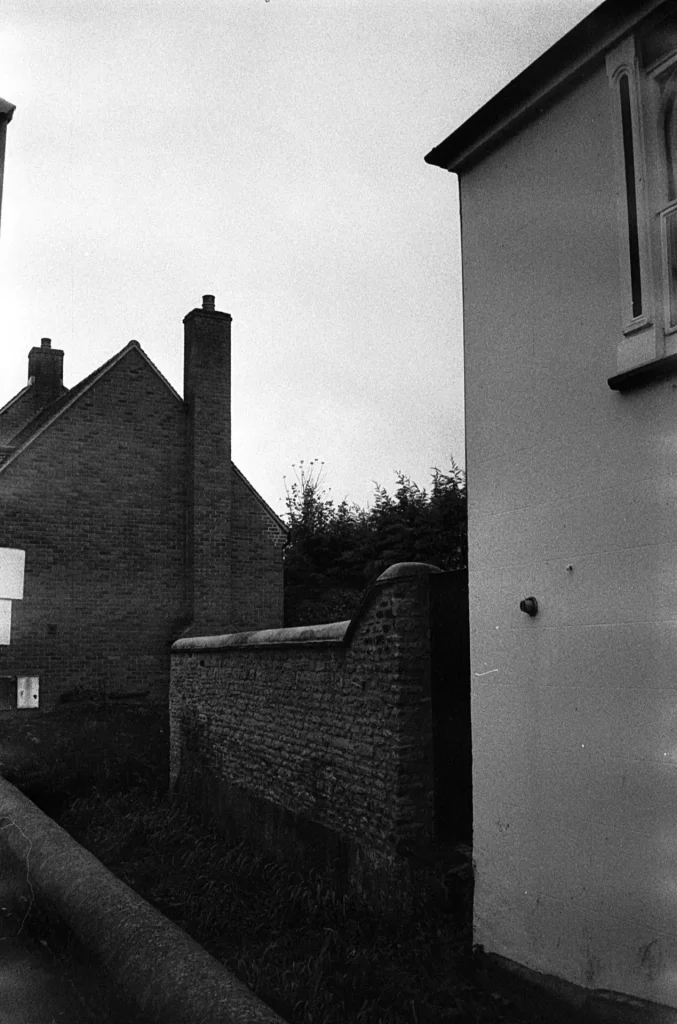
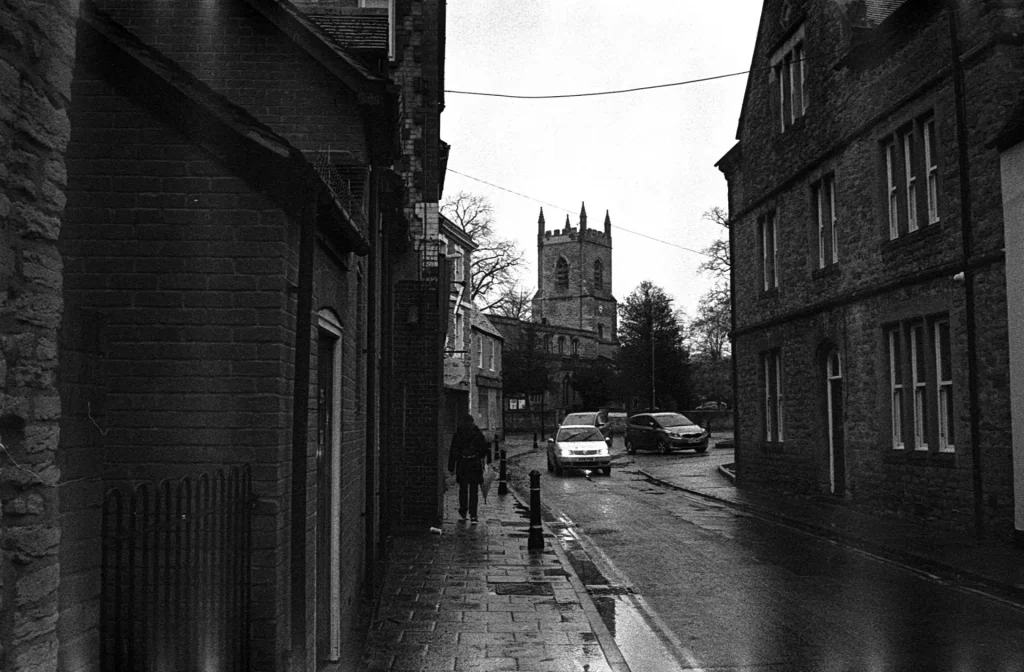
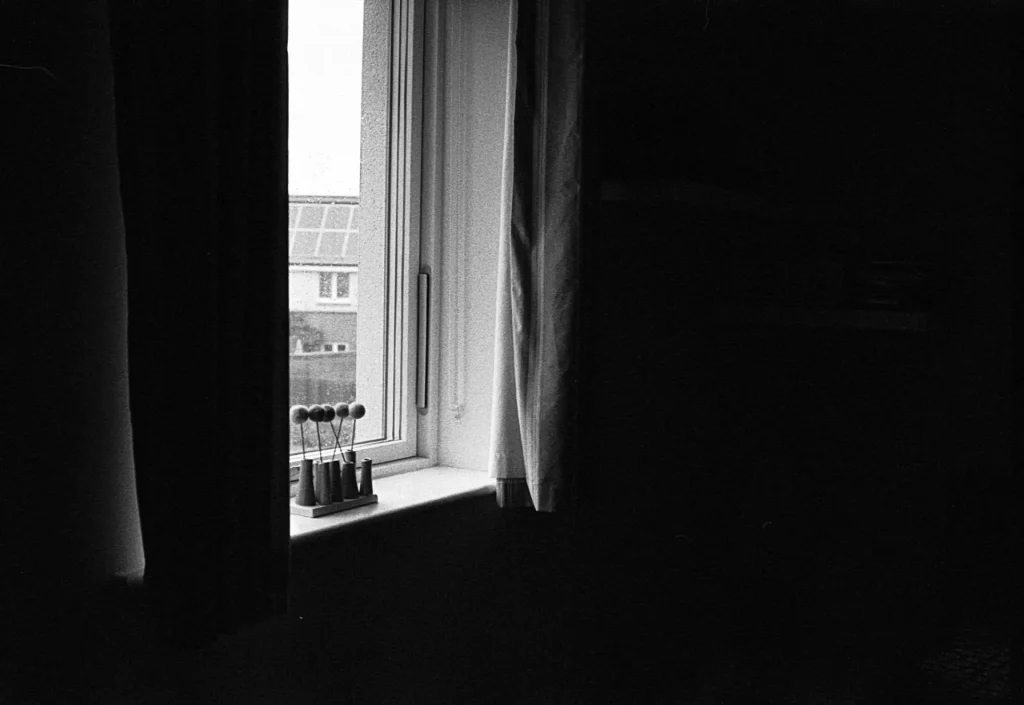
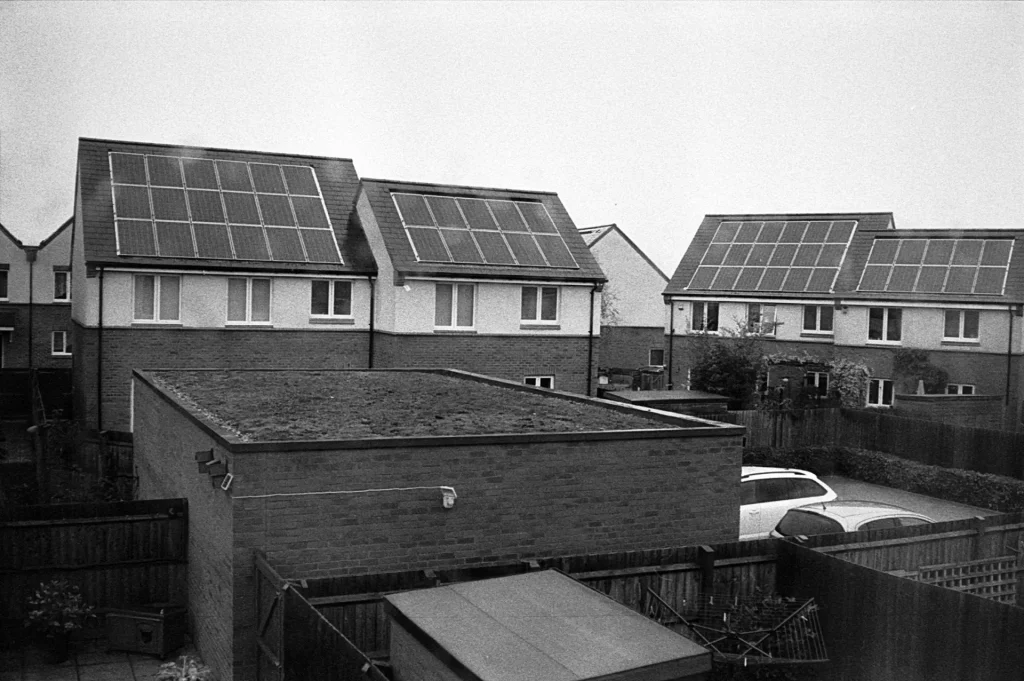
I have not done any correction in post-pro, but I was hoping for something a bit better to be honest. I was looking for very contrasty scenes, so maybe it was difficult for the light meter. I think I will also try a different film – I will probably go for HP5 or Tri-X or, if I am going to be lucky and have a nice bright day, I will try Fp4 or even a PanF.
I have seen a lot of good results from this process so I will carry on until I am able to get something decent, but in the meantime I would be more than happy to hear your thoughts and experiences about stand development.
If you fancy, you can check out my Instagram or twitter.
You can read more about my journey into shooting film here.
Cheers,
Andrea
Share this post:
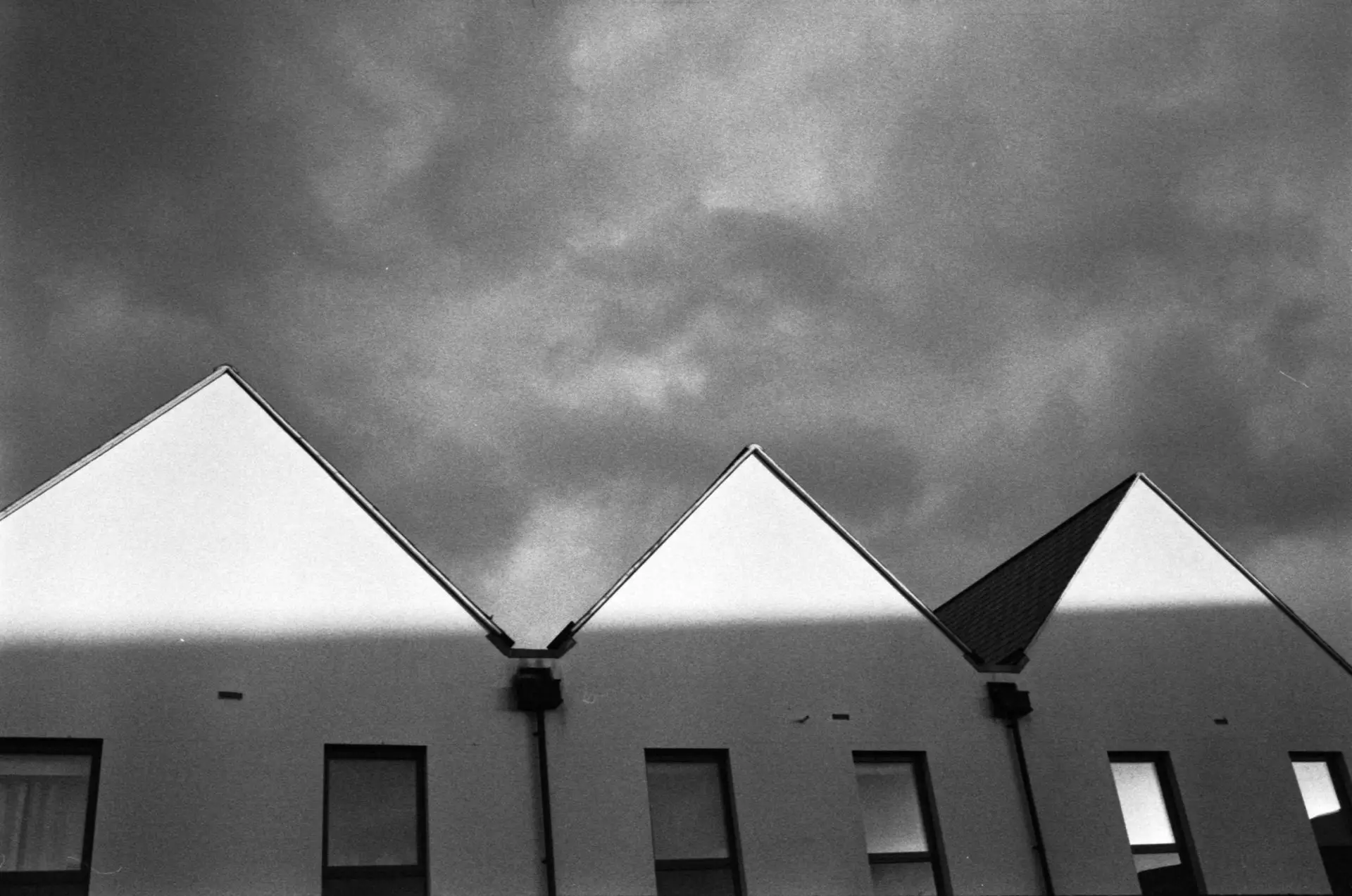








Comments
Joris on Stand Development – My First Steps into Analogue – Part 7 – By Andrea Bevacqua
Comment posted: 13/11/2020
- it seems to work best for me with low ISO film (up to 100)
- I always use more solution than I otherwise would, making sure the reels are well submerged and there is some fresh developer that can come in from the top. Supposedly it helps against bromide drag and uneven development
My favourite recipe is rodinal 1:100 for an hour, and I really like the results with Ilford Delta 100.
Comment posted: 13/11/2020
Comment posted: 13/11/2020
Aloy Anderson on Stand Development – My First Steps into Analogue – Part 7 – By Andrea Bevacqua
Comment posted: 14/11/2020
Comment posted: 14/11/2020
Carlos on Stand Development – My First Steps into Analogue – Part 7 – By Andrea Bevacqua
Comment posted: 14/11/2020
Comment posted: 14/11/2020
Rock on Stand Development – My First Steps into Analogue – Part 7 – By Andrea Bevacqua
Comment posted: 14/11/2020
Comment posted: 14/11/2020
Jeremy Keller on Stand Development – My First Steps into Analogue – Part 7 – By Andrea Bevacqua
Comment posted: 14/11/2020
Thank you for this fine presentation. Quick question: where did you find the HC 110? It has been my developer of choice for years, but I have run out and I haven't found a supply source in Turkey, where I live.
Comment posted: 14/11/2020
Gay Gay on Stand Development – My First Steps into Analogue – Part 7 – By Andrea Bevacqua
Comment posted: 04/10/2021
Comment posted: 04/10/2021